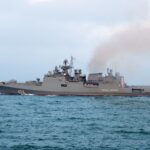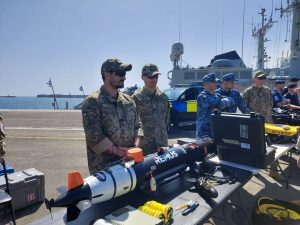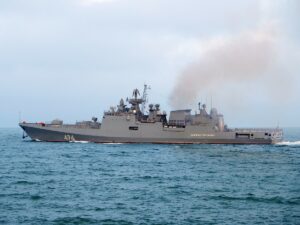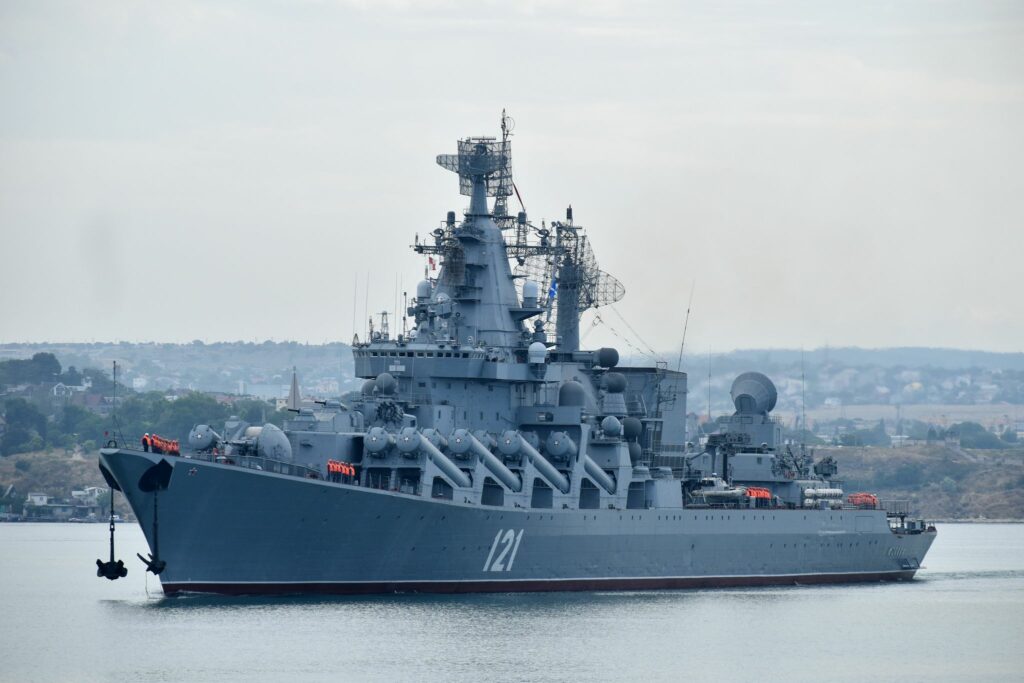There are at least 6 warships of russian federation in the Mediterranean Sea
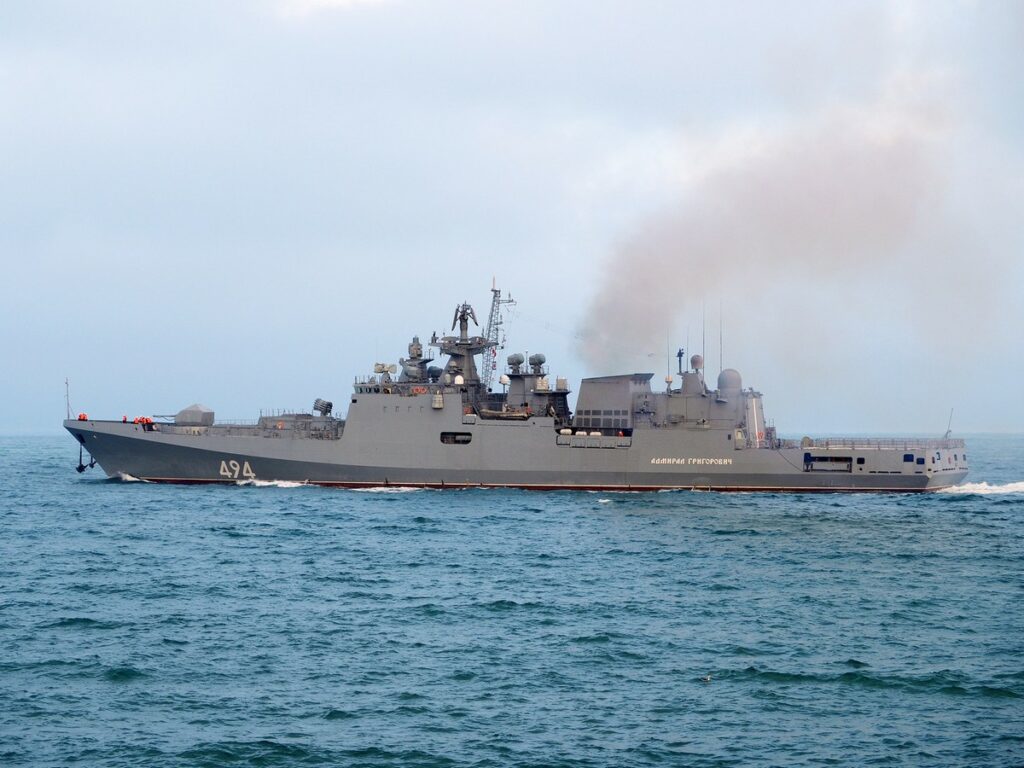
As of November 3, there are at least 6 russian warships in the Mediterranean Sea.
The confirmed composition of the ship group of the russian Navy in the Mediterranean Sea includes 8 ships (6 of which are missile ships) and 2 auxiliary ships. This is reported by the monitoring group of the BlackSeaNews editorial office and the “Black Sea Strategic Research Institute”.
Yes, currently in the Mediterranean Sea there are:
• missile frigate (494) Admiral Grigorovich, Black Sea Fleet of russian federation (BSF), guided missile frigate Krivak V-class;
• missile frigate (431) Admiral Kasatonov, Northern Fleet of russian federation (NF), Admiral Gorshkov class frigate;
• missile corvette (626) Orekhovo Zuevo, Black Sea Fleet of russian federation (BSF), guided missile corvette Buyan-M-class;
• missile corvette (531) Soobrazitelnyy, Baltic Fleet of russian federation (BF), guided missile corvette Steregushchiy class, project 20380;
• missile corvette (545) Stoikiy, Baltic Fleet of russian federation (BF), guided missile corvette Steregushchiy class, project 20380;
• missile submarine (265) Krasnodar, Black Sea Fleet of russian federation (BSF), conventional attack submarines Improved Kilo-class;
• Requests official confirmation of the presence of another missile submarine in the Mediterranean Sea: 266 Orel (nuclear-powered cruise missile submarine SSGN, project 949AM 7 Antey modernized, NATO codename Oscar II) of the Northern Fleet of russian federation.
Since February 27 to the end of July to the beginning of September, a squadron of 13 Russian ships and 5 auxiliary vessels of the four fleets of russian federation was in the Mediterranean Sea.
The squadron, in an unchanged composition, was constantly in the Mediterranean Sea based on the russian naval base in the Syrian port of Tartus.
The purpose of its formation was:
• replacement in the “Mediterranean squadron of the russian Navy” of ships of the Black Sea Fleet of russian federation, which returned to the Black Sea a few weeks before the start of the large-scale war against Ukraine on February 24;
• potential participation in the war against Ukraine in the Black Sea;
• demonstrative creation of a counterweight for naval groups of NATO countries in the Mediterranean Sea.
Turkey’s February 27 decision to ban the passage of any Russian warships through the Bosphorus and Dardanelles, even ships of the Black Sea Fleet when returning to their home port, led to the de facto “conservation” of the Mediterranean group of the russian Navy.
After February 24, the supply of the Mediterranean group using large amphibious ships from russian ports on the Black Sea (the so-called “Syrian Express”) became impossible. Now it takes place with the use of civilian vessels – tankers or ferries.
Also, after the start of a full-scale war, russian warships lost the opportunity to carry out repairs in the ports of EU countries in the Mediterranean Sea. Plans to transfer one of the floating docks from the Black Sea Fleet to Tartus this year did not materialize.
At the end of the summer, russia began withdrawing part of the ships from the Mediterranean Sea:
There is still no confirmation of the information that in September russia could introduce a missile submarine into the Mediterranean Sea without official publicity. This was reported by the Italian mass media earlier.
The Institute of Black Sea Strategic Studies predicts that in the near future the russian Navy will continue the further rotation of its other ships in the Mediterranean Sea.
